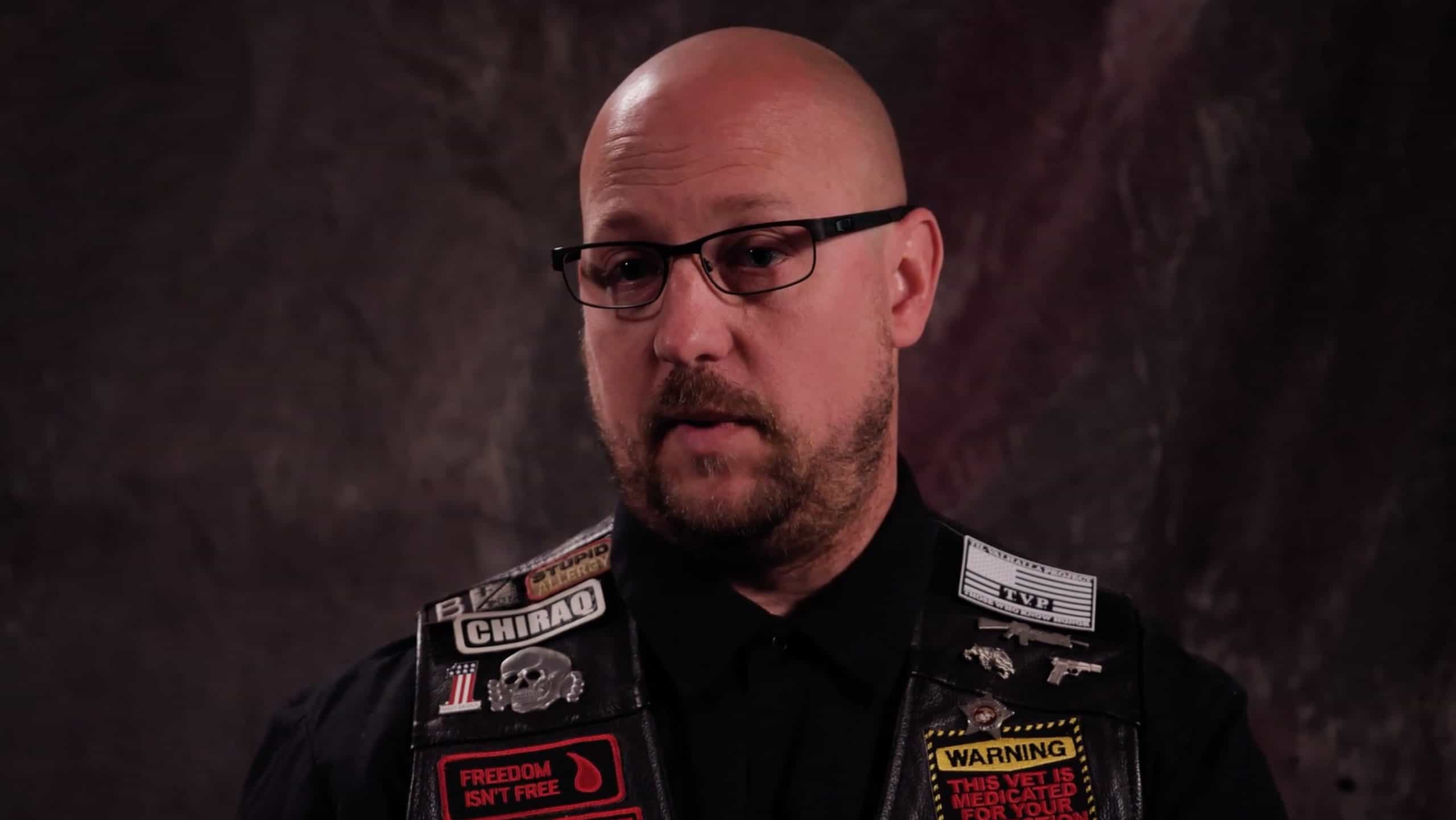A Marine's Journey to Recovery
“What Mind-Eye has done for me has transformed my life; it has [positively] changed my relationship with my wife, my children, my co-workers, my friends. I am actually becoming the person I once was before my [head] injury.”
So, says United States Marine Corps Veteran Bill Lipke of Chicago, following his second clinical appointment in May 2020 at the Mind-Eye Institute in Northbrook, Ill. Bill struggled for 20 years with the residual effects of head and left-eye injuries that he sustained during infantry field exercises at Camp Pendleton, California. He recalls thinking the symptoms would be his “new normal — the way life is going to be,” but that was before he learned about the work of the Mind-Eye Institute.
The Challenge of Living with a Brain Injury
“I underwent surgery for my eye, which corrected my eyesight somewhat after the accident, but it did not fix the other issues – the splitting headaches, light sensitivity, sleeping problems and PTSD (post-traumatic stress disorder) as a result of the brain injury,” Bill says. “I also developed depression and anxiety, would twitch and yell out – sometimes in Arabic – or bark out orders when I slept, and was constantly on edge — in fight-or-flight mode. And, I had to follow a certain routine at home. If I did anything out of order, my whole day was thrown off.”
But Bill’s world began to change in February of 2020 when he started wearing his first pair of therapeutic, Mind-Eye “brain” glasses.
"I thought the glasses might be simply having a placebo effect... My headaches went from daily to almost never." -Bill Lipke, Brain Injury Patient
Transformative Care at the Mind-Eye Institute
“Within 48 hours of receiving the glasses, I began to feel differently. I was still experiencing headaches, but their intensity quickly dropped from a seven-to-nine to two-to-four on a pain scale of 0 to 10,” Bill says. “At first, I thought the glasses might be simply having a placebo effect. So, I started keeping a journal and began to note a continuing decline in my symptoms, including my depression and anxiety, during a several-month period. My headaches went from daily to almost never.”
A Therapeutic Approach to Eyeglasses
The Mind-Eye Institute applies 21st-century science to neuro-optometric rehabilitation, and adds advanced mind-eye techniques, to develop individualized patient prescriptions. These prescriptions are intended to bring patients comfort by reducing some visually related symptoms, says Carla Adams, OD, Bill’s Mind-Eye optometrist. “Development of new visual skills is key in helping patients return to previous activities.”
“Brain” glasses are designed to bend light in different ways across the retina, which is made up of brain tissue and is part of the central nervous system, explains Dr. Adams. “Light changes how the retina communicates with the brain, modifying the relationship between the mind's visual and auditory localization abilities — in other words, how patients perceive space using cues from lights and sounds. Variance in light signals can create new brain signaling pathways that enhance a patient’s spatial awareness and perception. Oftentimes, people with brain injuries, PTSD or other neurological problems are not able to perceive space accurately due to mismatched signals.”
Bill says he had hope “for the first time in a long time” when he initially heard about the Mind-Eye Institute from fellow members of the Chicago Blackhawks Warriors ice hockey team for disabled Veterans. “I suddenly felt there was a light at the end of the tunnel, and that light was not coming from an oncoming train.”
Despite the hope, Bill went to his first Mind-Eye appointment wondering “how will a pair of eyeglasses help me.” He left the Institute clinic five-and-a-half hours later “amazed” at the testing and the science behind it.
The Science Behind the Z-Bell Test℠
“What does eyesight and hearing have to do with each other?” Bill asks. “Well, the Mind-Eye team broke down the information for me in Marine-like fashion. Basically, they told me my sensory systems and brain were not working together the way they should be.”
Bill especially remembers the Z-Bell Test℠. “The optometrist was ringing a small bell near my head and, with my eyes closed, I had to reach out and touch it. I was missing it by six inches or eight inches. I could not find it. Then the doctor starts putting different lenses and filters over my closed eyes and suddenly I am right on target. My finger is actually hitting inside the bell.”
Mind-Eye optometrists have been using the Z-Bell Test℠ for the past 28 years as a method to evaluate a patient’s eye-ear connections and determine what type of glasses will be the most comfortable for the patient to wear. However, the neuroscientific evidence showing why the Z-Bell Test℠ works has only been available for about six years.
“Retinal stimulation activates parts of the brain not used for eyesight. With eyes closed, patients are still having to visualize surrounding space in order to locate the bell,” Dr. Adams explains. “By placing various types of lenses across a patient’s closed eyes, we shift the internal perception of space.”
“Apparently, the filters Dr. Adams used were helping make the necessary connections in my brain. I don’t fully understand it, but, if it works, it works,” Bill says.
A New Beginning: Life After the Mind-Eye Institute
Today, Bill rarely experiences the nightmares that caused him to yell out, and the twitching in his sleep is “no longer noticeable, which makes my wife happy,” he laughs. His reading, comprehension and memory are better, too, “although my wife still leaves post-it notes around as reminders,” he says.
“The Mind-Eye Institute has made me realize that one’s life does not have to remain in the ‘new normal,’” Bill adds. “I want to tell other Veterans that you are better than your symptoms. You have alternatives.”

